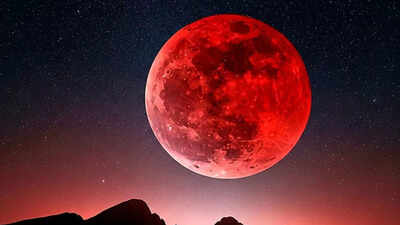ARTICLE AD BOX

2025 has been a great year astronomically. Don't worry there are still four more months to go and one more lunar eclipse to experience. With the increasing wealth of knowledge on science and astronomy, more and more people are falling in love with astronomical events that make them realise just how magical the universe is.One such event, a total lunar eclipse will occur on September 7, 2025. This will be the longest total lunar eclipse since 2022, providing around 85% of the world to catch its glimpse.
What is a lunar eclipse?

Image credits: X
A lunar eclipse happens when Earth passes directly between the sun and the moon, casting a shadow across the lunar surface. Since this is a total lunar eclipse, the moon will take a deep red or coppery hue, a blood moon, and will be visible to millions across the globe.
Where will the total lunar eclipse be visible?
The total lunar eclipse will be visible from beginning to end across Asia and Western Australia. Glimpses of its phases will be available in Europe, Africa, eastern Australia and New Zealand. Globally, the eclipse will be at its maximum at 2-:55 UTC.While the first lunar eclipse of the year on March 13-14 was visible from start to finish in the US, this one will sadly be missed.
Where can you see the eclipse in the US?

Image credits: X
Much of North and South America will miss out on the second total lunar eclipse of the year.
In the U.S., the eclipse begins at 11:28 am EDT (15:28 UTC), when the moon will already have set below the horizon. Thus, as per a report by Live Science, Americans will not be able to catch a glimpse of the blood moon directly overhead.However, astronomy enthusiasts can tune into a livestream of the event. Astronomers have confirmed that the Virtual Telescope Project based in Italy will be hosting a free livestream of the entire event, beginning from 1:45 pm EDT (17:45 UTC), shortly after moonrise in Europe, allowing all Americans to view the eclipse in real time.



.png)
.png)
.png)
















 5 hours ago
3
5 hours ago
3









 English (US) ·
English (US) ·